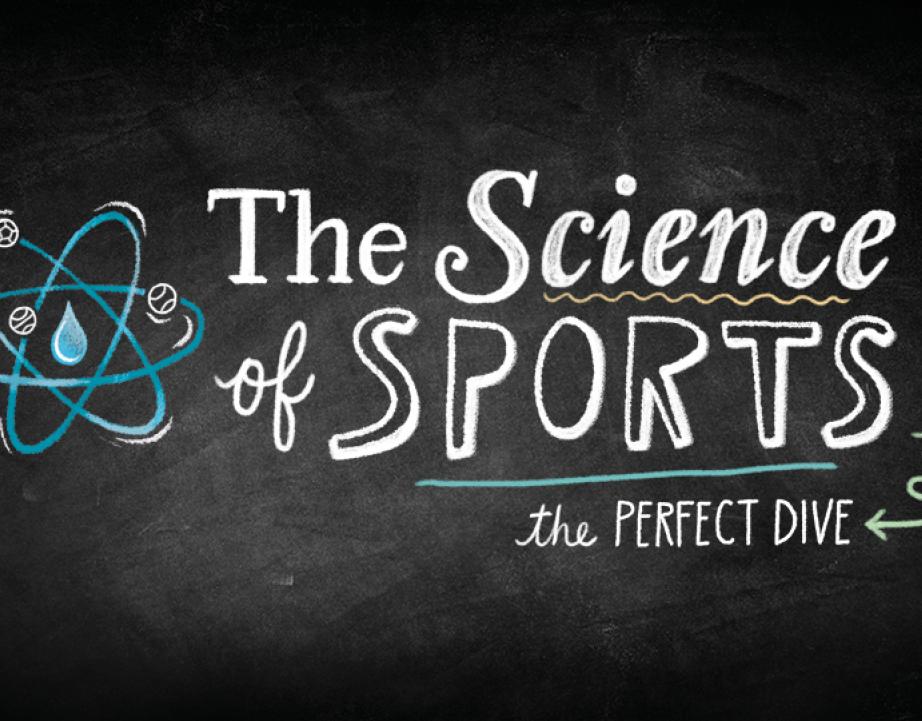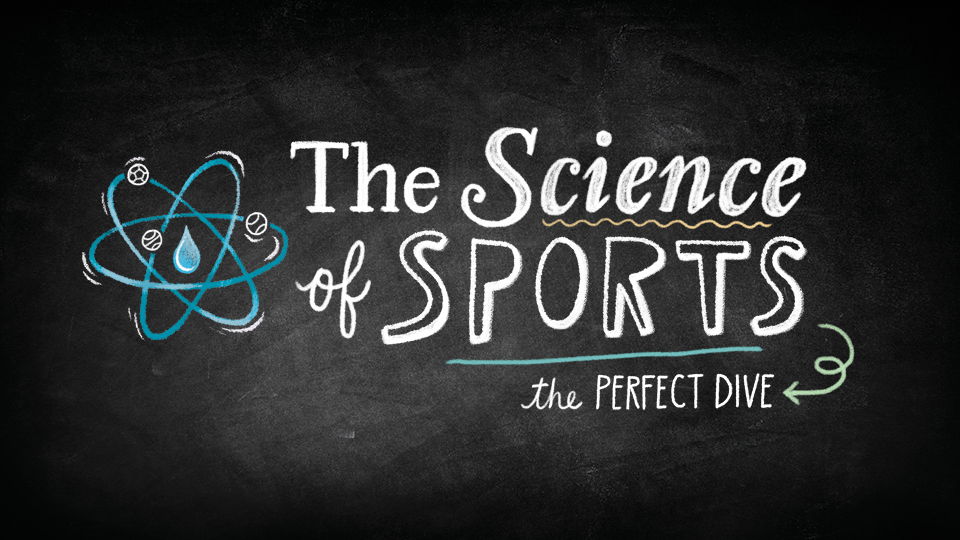by Robert Leitner '17
Divers are judged on a set of criteria including the approach, the height and distance from the board, and the entry. For Joe Warker, a Rider sophomore environmental science major and two-time qualifying NCAA zone and ECAC champion diver, the entry into the water can make or break a dive. The splash is one of the most noticeable parts of the dive and it’s the last thing the judges see before scoring. Divers — like first-year student Meg Tomayko, below — know how important it is to be going into the water vertically at entry, which shows they completed the dive and also reduces the splash.
How does it work?
A diver must first create a hole of air upon entering the water by placing one hand over the other, forming a cup.
Timing when to bring in one’s legs and feet is crucial. Done too soon, an air bubble will create a cannonball effect. Done too late, a diver’s knees will smack the water.
Two techniques can be employed to save an errant dive. For forward dives, divers perform a pike save, which is a flipping motion timed to bring splash water into the air hole. For reverse dives, divers perform a tuck save in which they bring their knees to their chest to minimize the splash.
Increasing the number of rotations of a dive also increases its complexity and the chance for a large splash. Warker’s tricks for recovering include bringing his knees to his chest but also arching his back to create extra suction to bring his splash into the air hole with him.
Why does it work?
The theory of minimizing a diver’s splash can be scientifically explained by the Reynolds Number, a concept taken from fluid dynamics, which describes the flow of fluids. The Reynolds Number compares resistance to change or motion (inertial resistance) to viscous resistance to predict when water flows smoothly or in a turbulent fashion. It was first used in the mid-1800s and has a range of applications.
To create a smooth flow of water around their body and minimize their splash, divers want to minimize their cross-sectional area before entering the water. A smaller cross-sectional area reduces the rough turbulent flow that creates a larger splash.
Cupped hands, pointed toes and a vertical entry all ensure the smallest cross-sectional area possible, thereby minimizing the splash.


